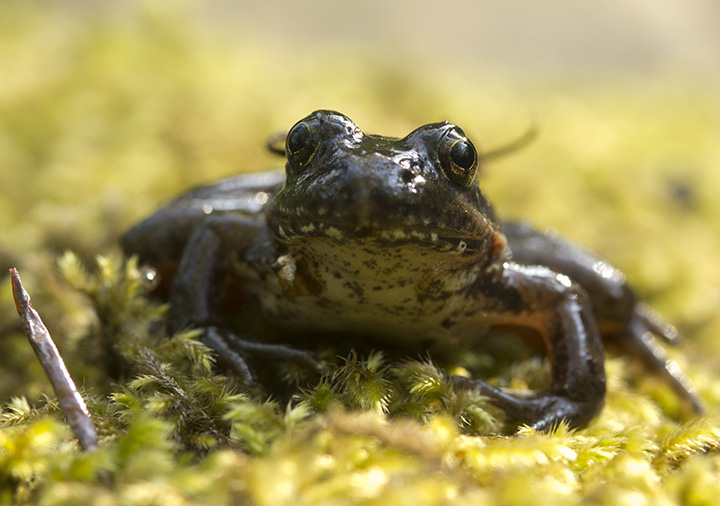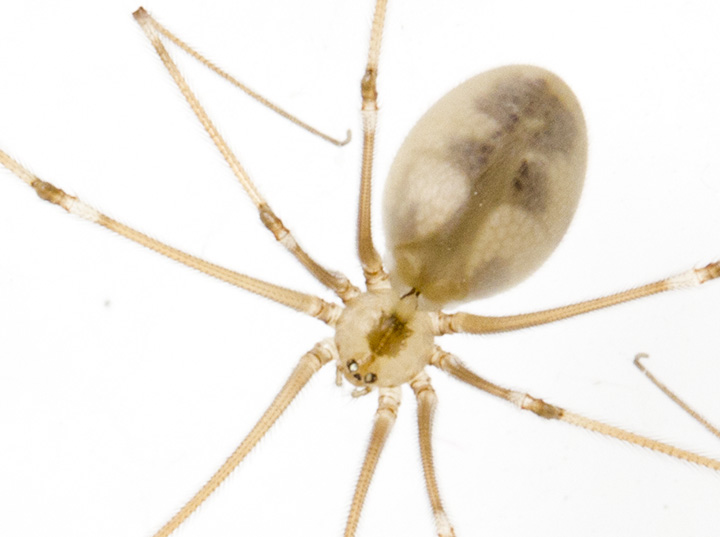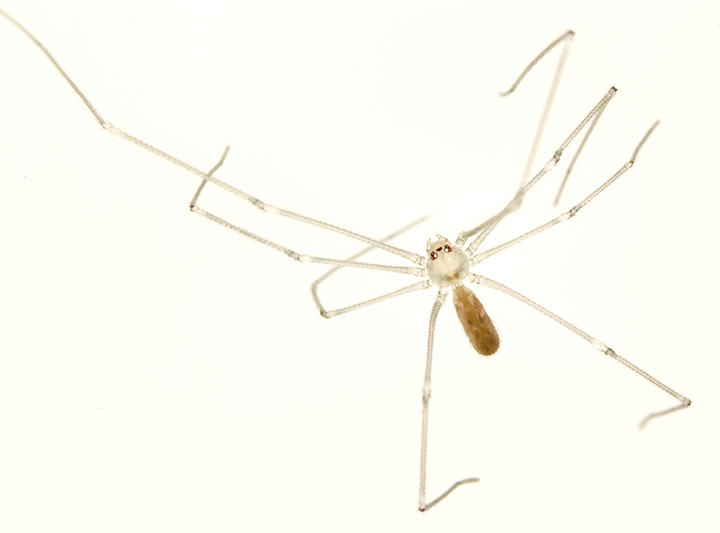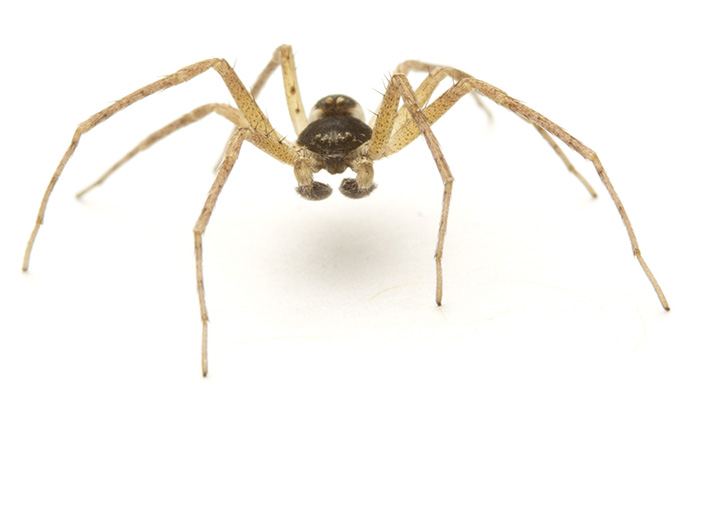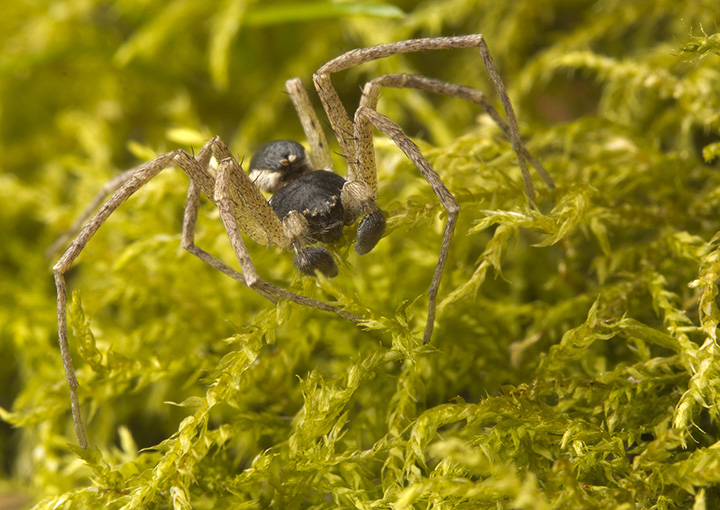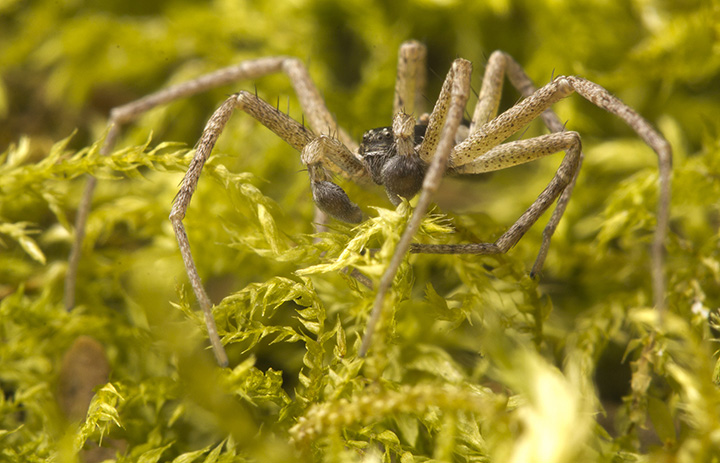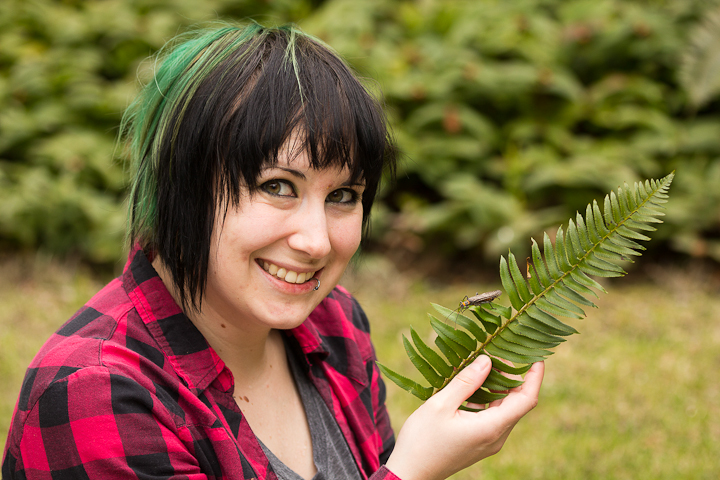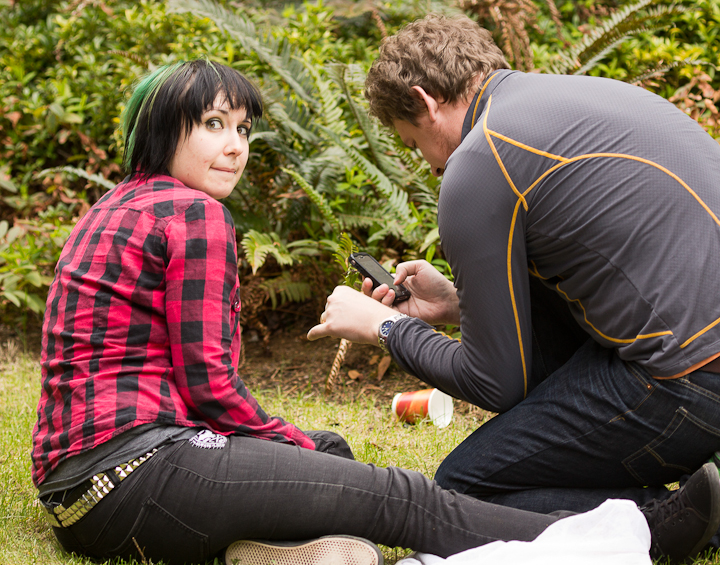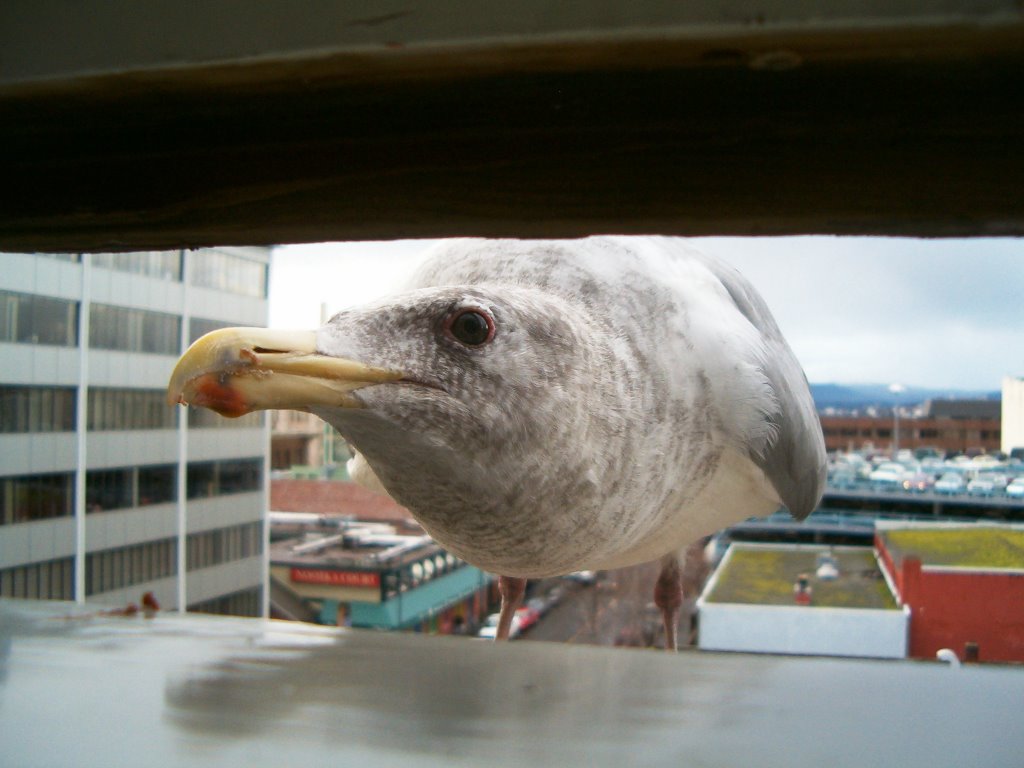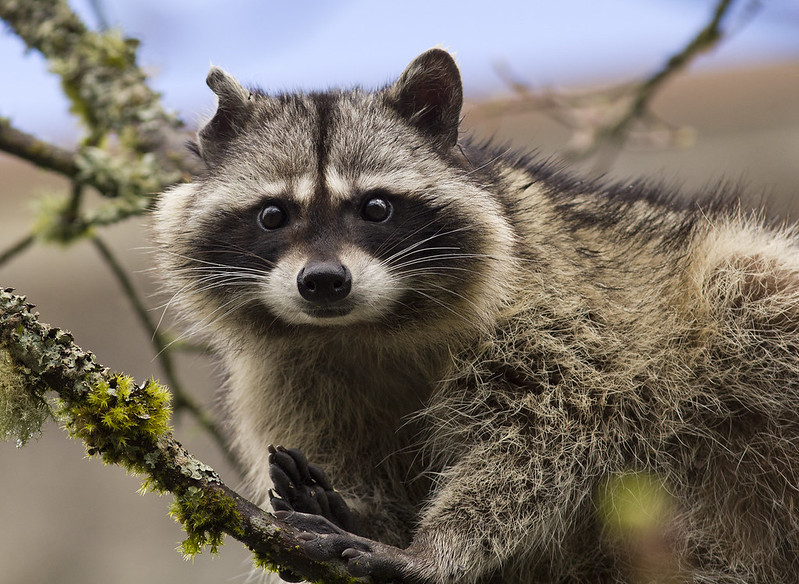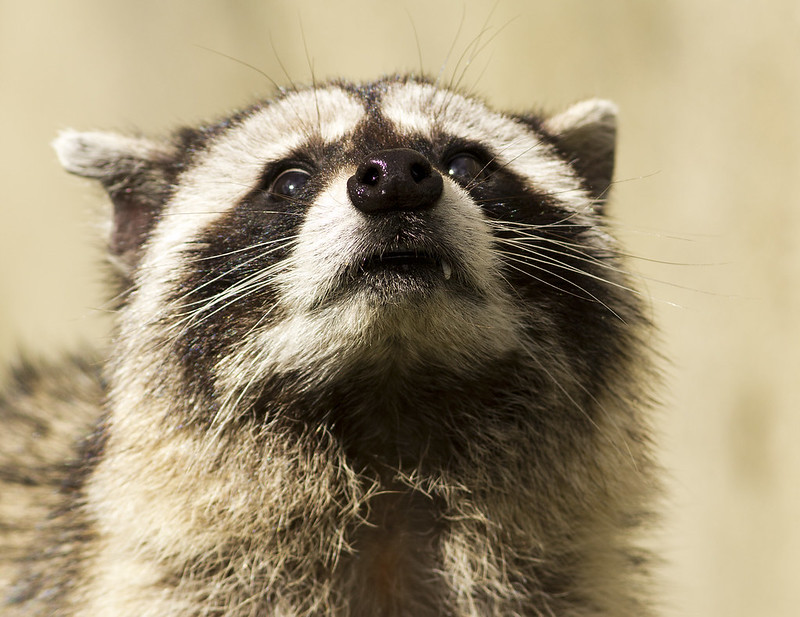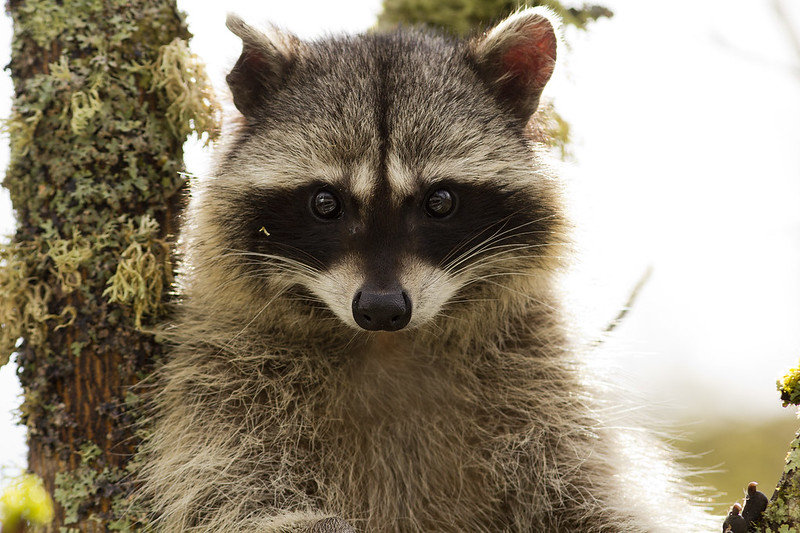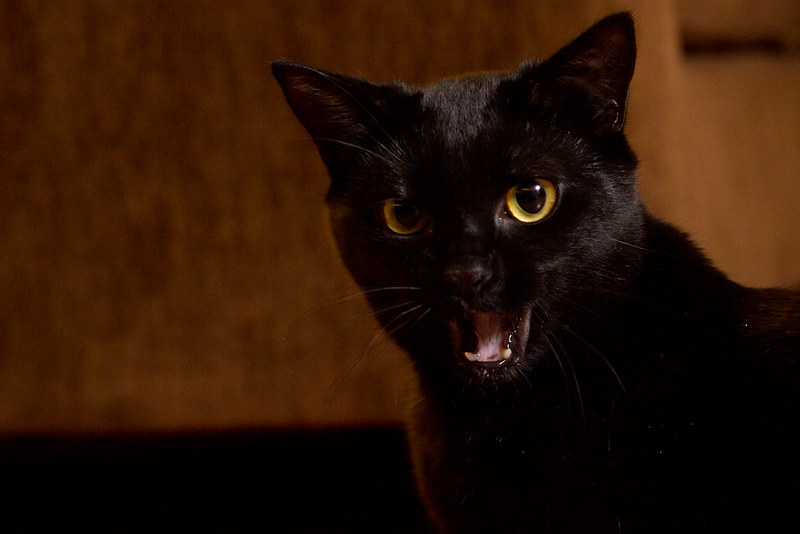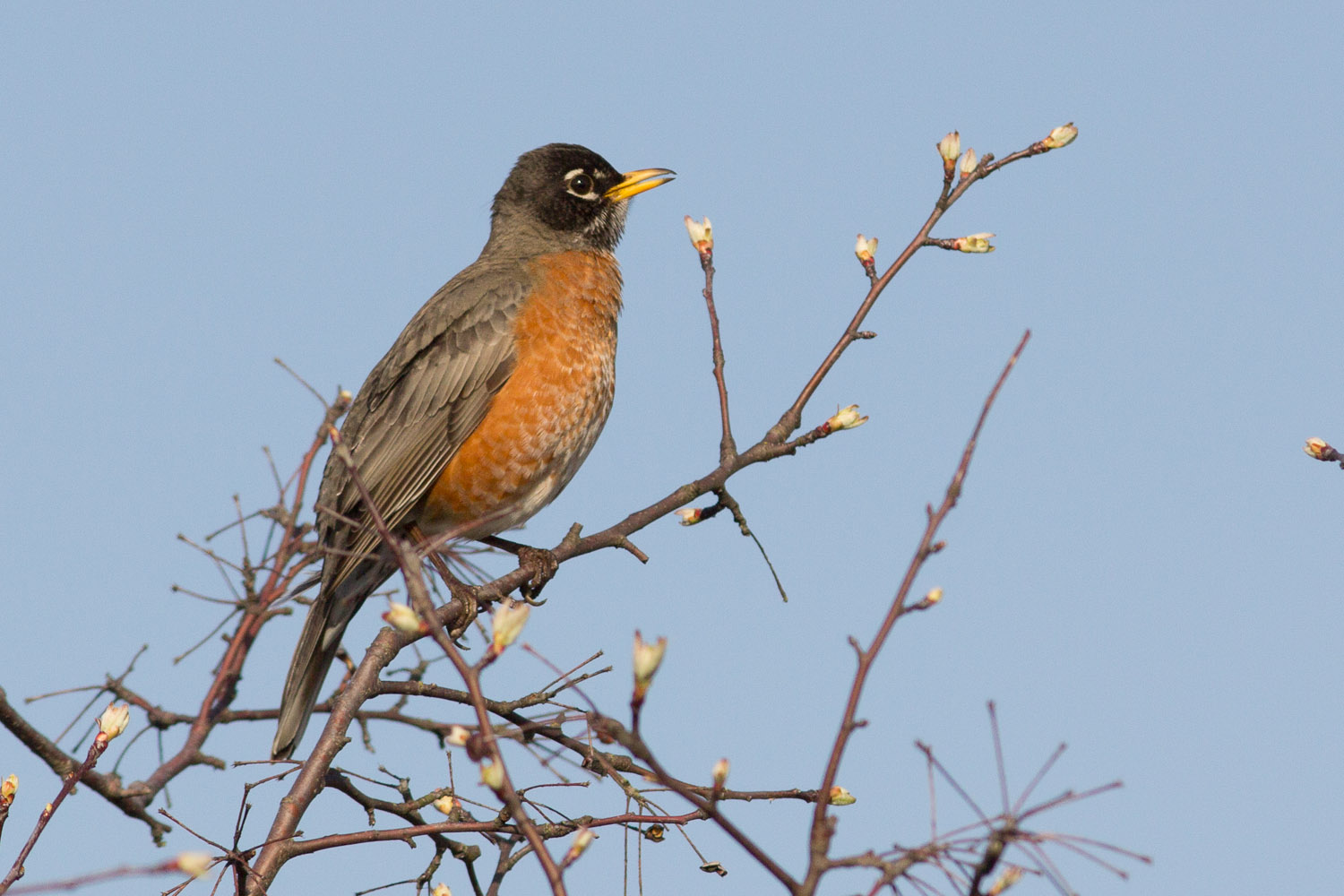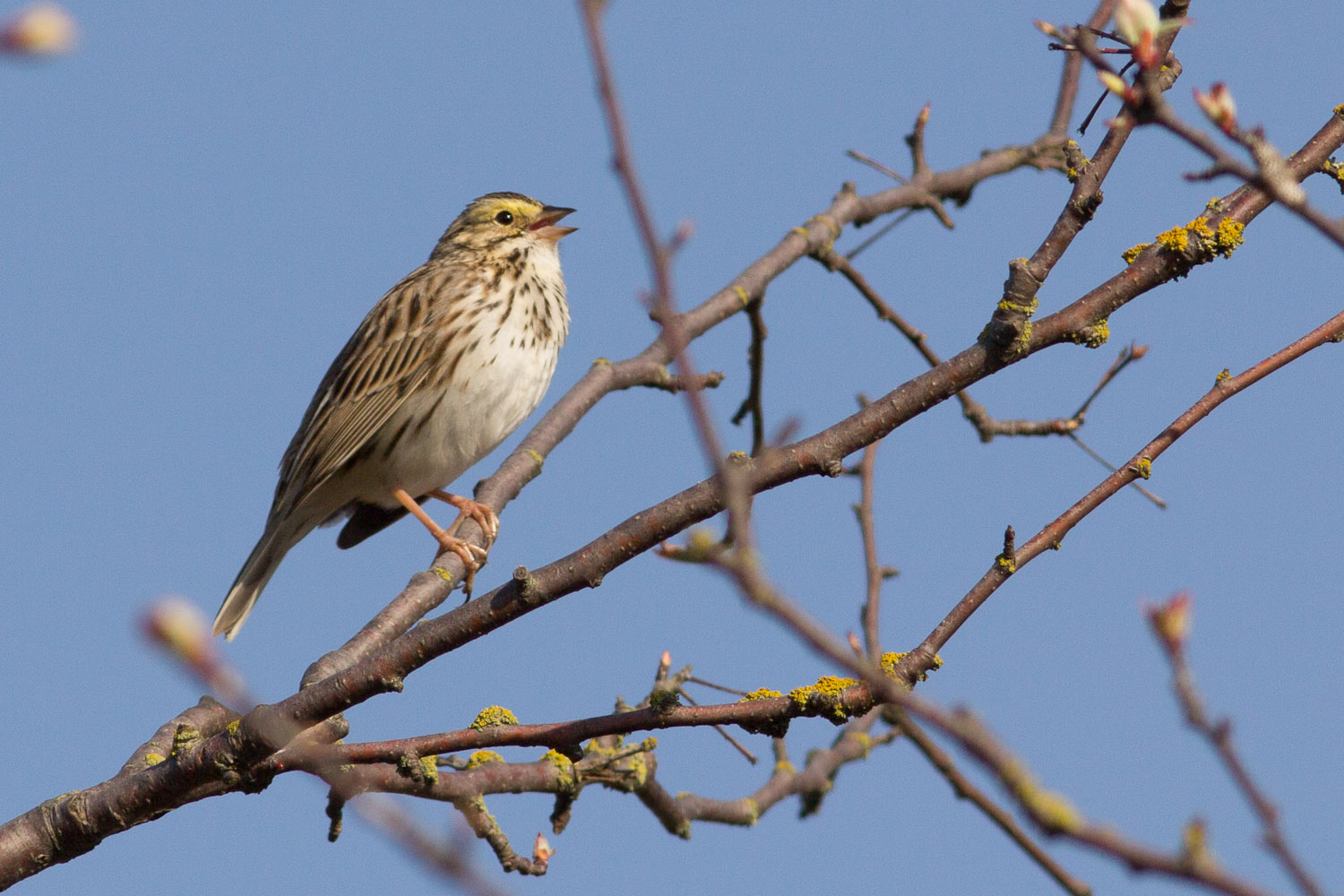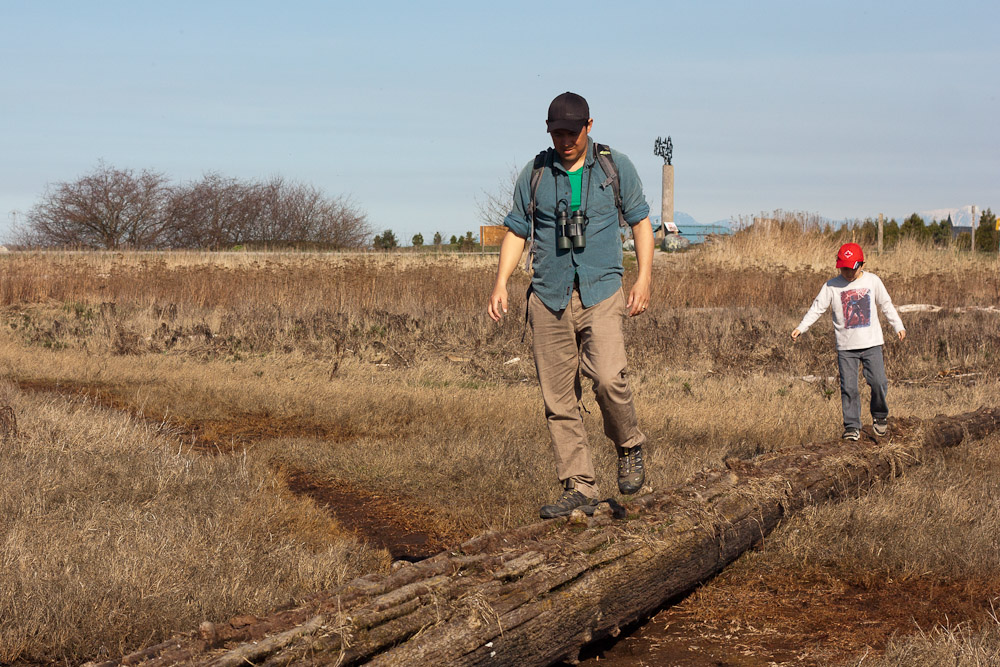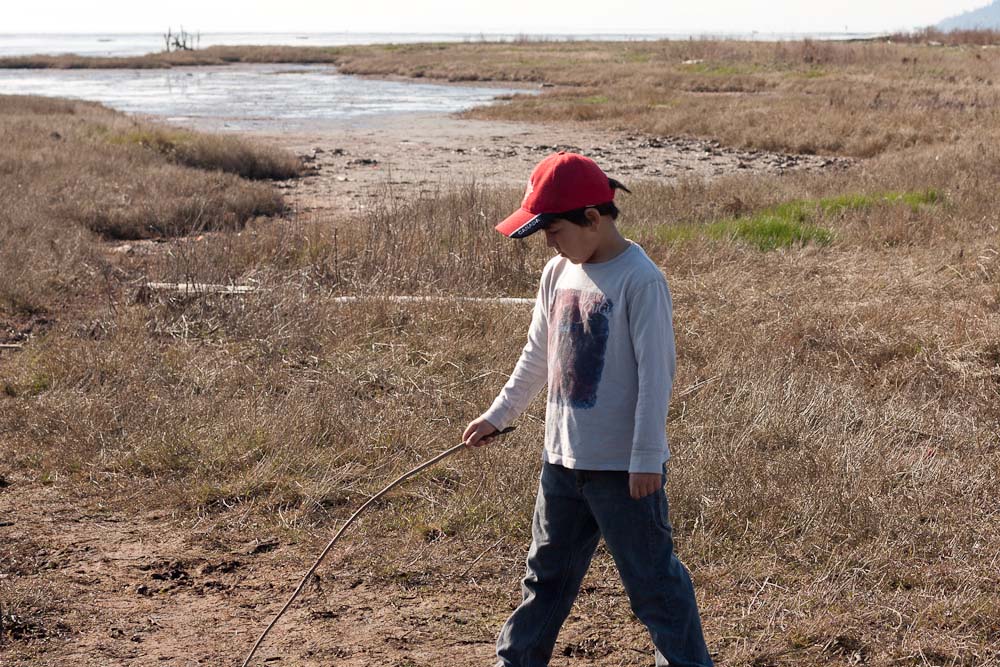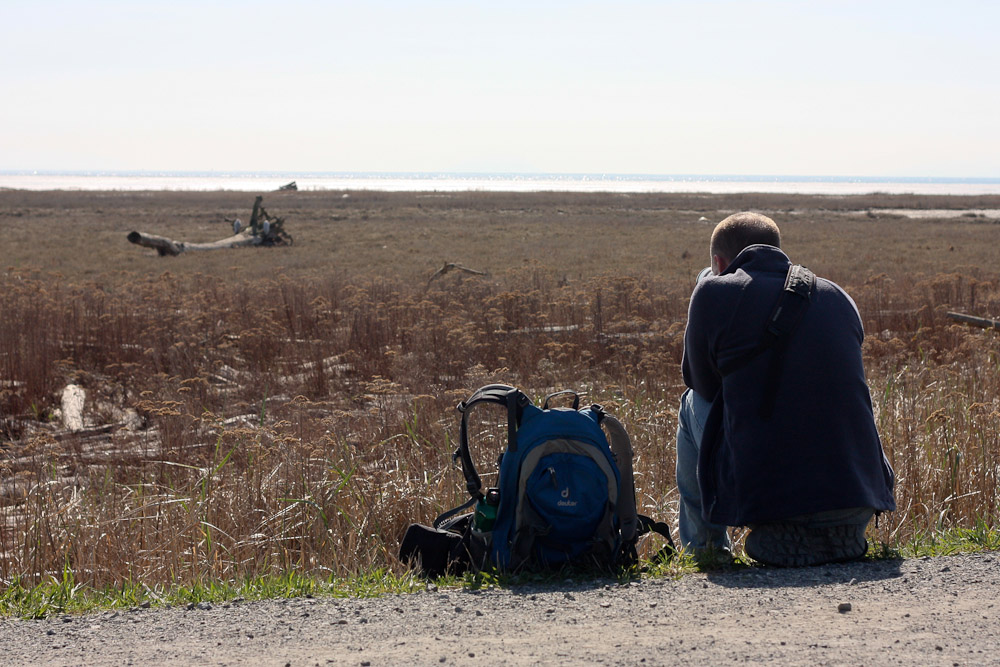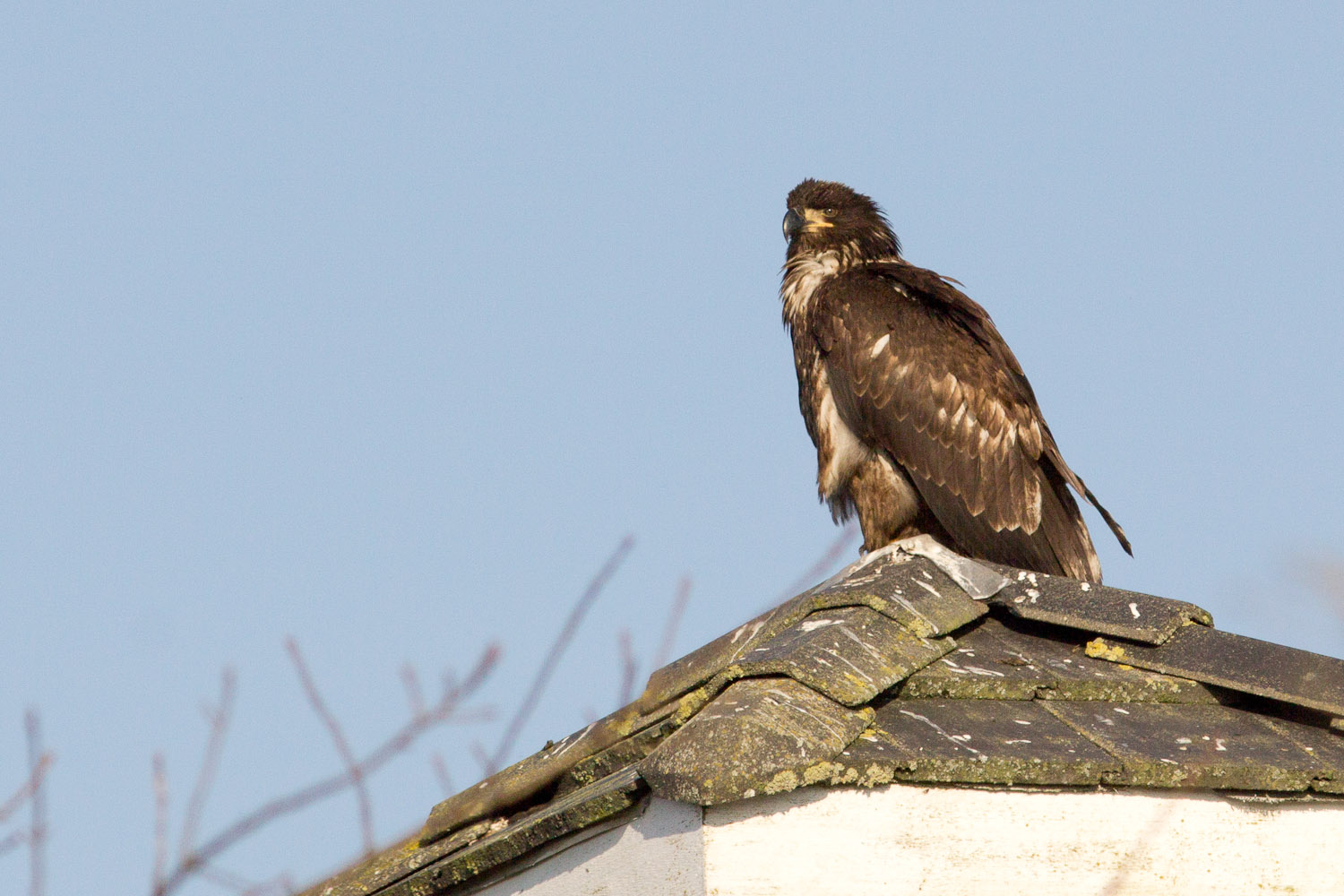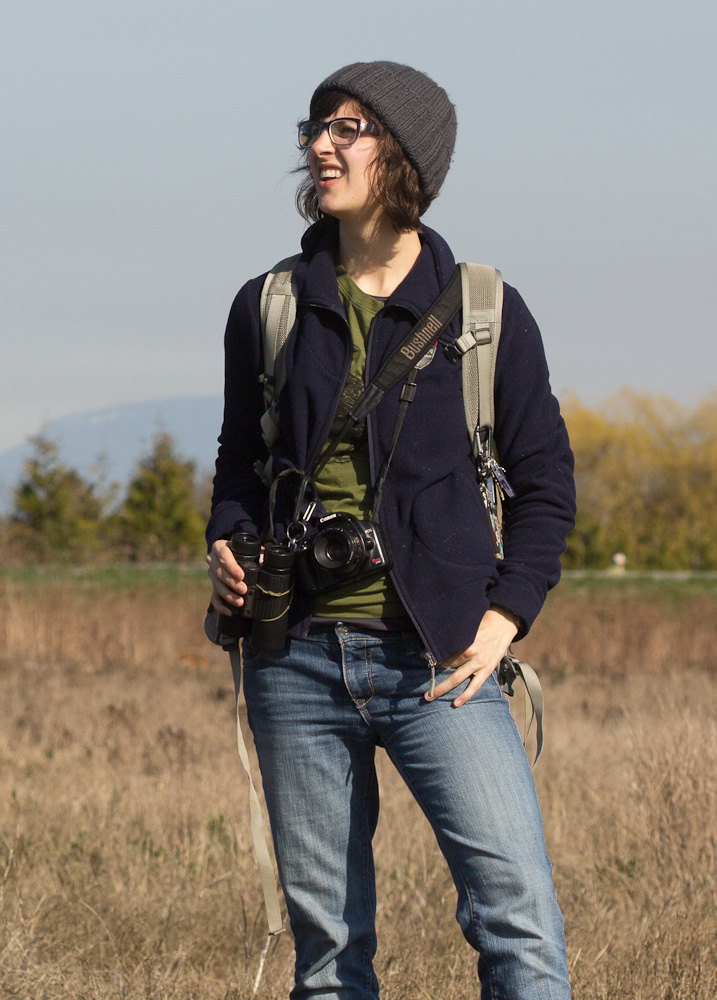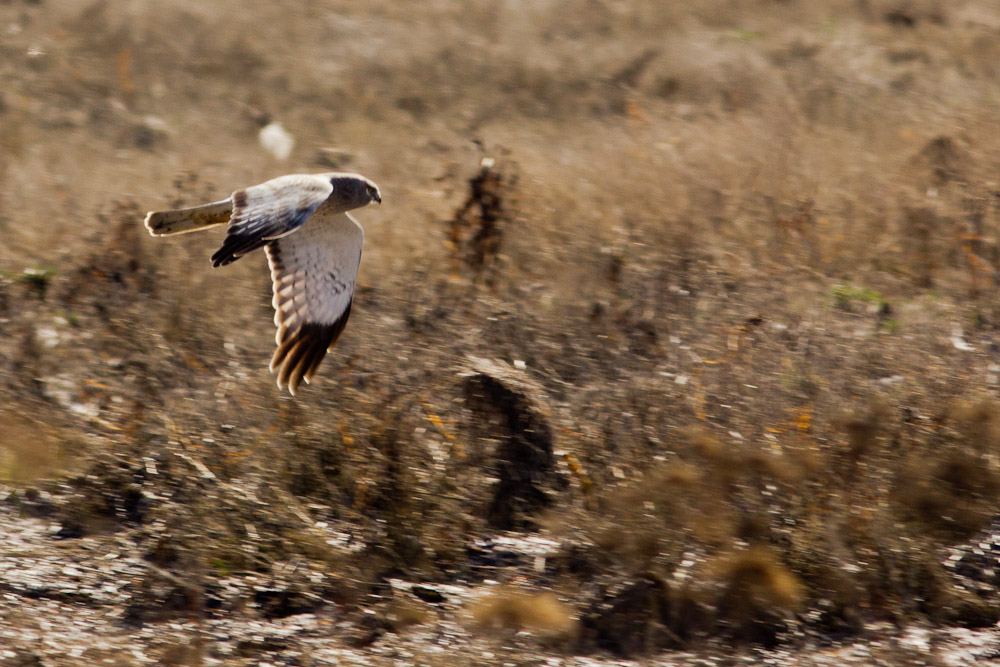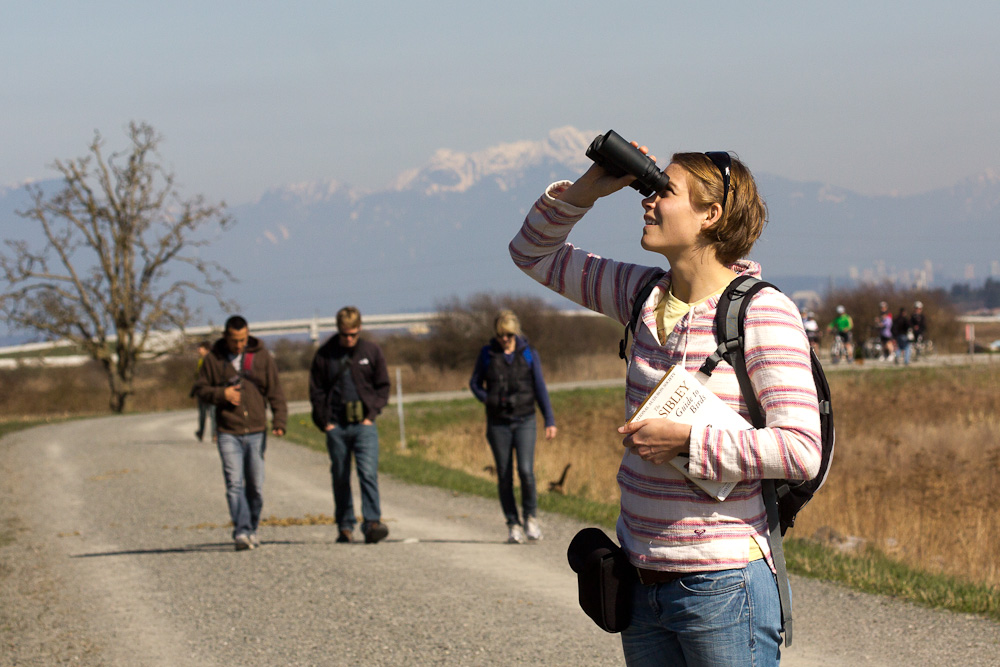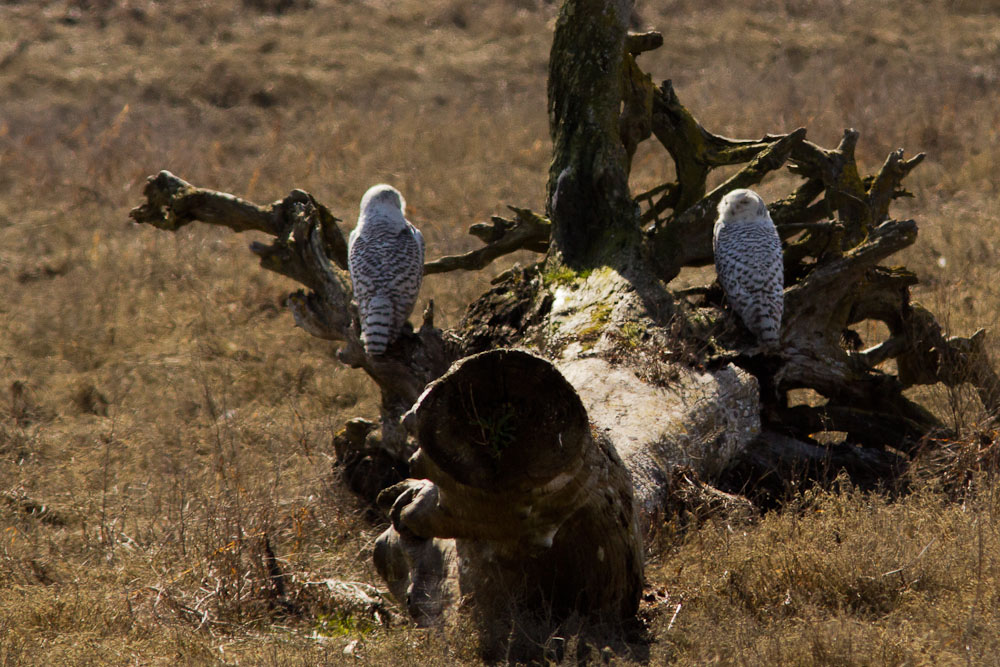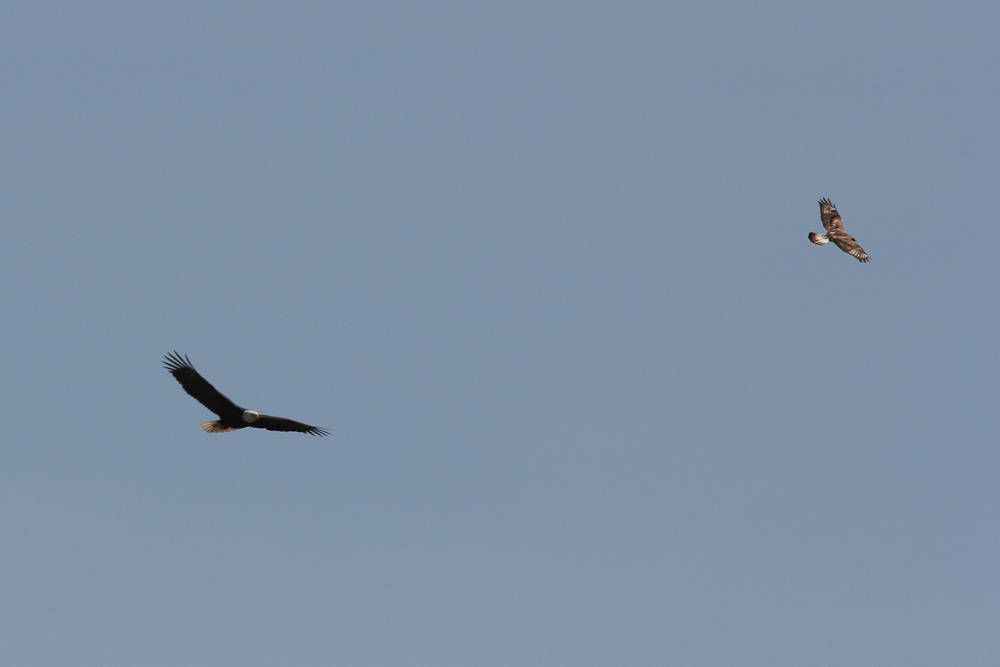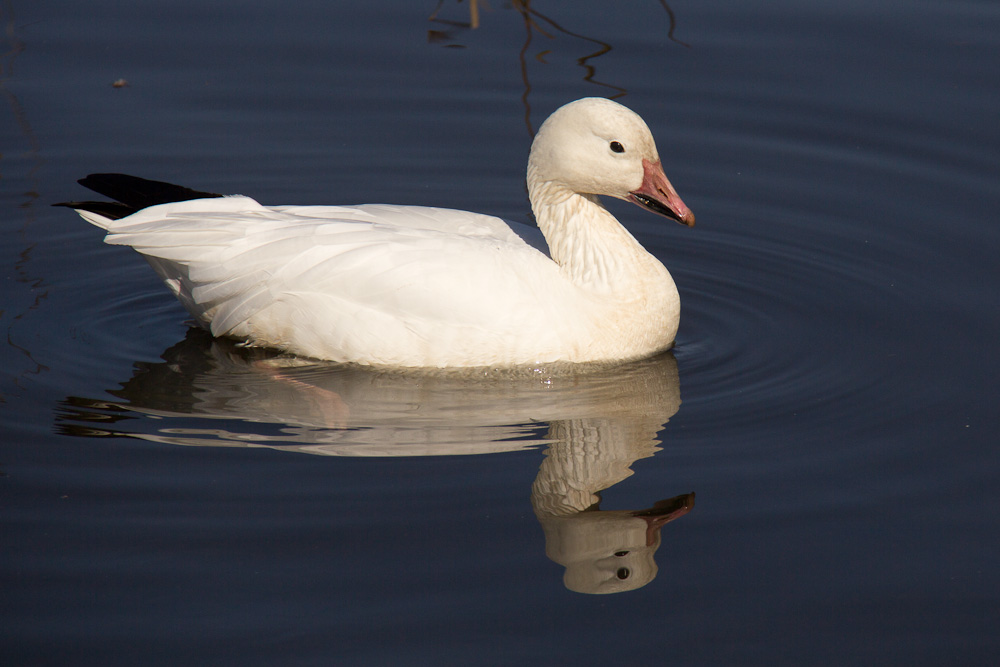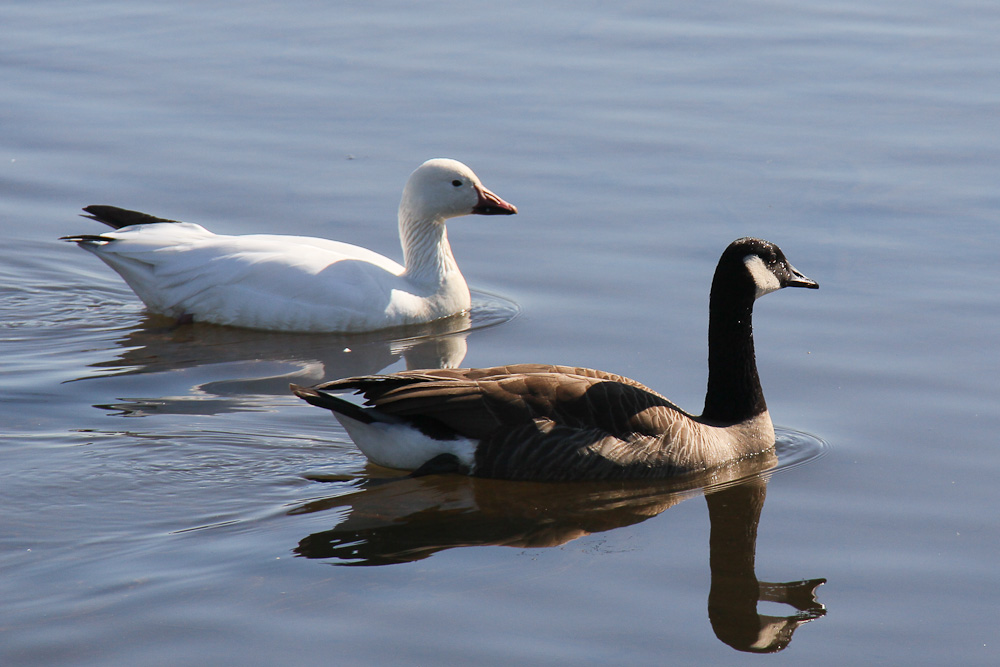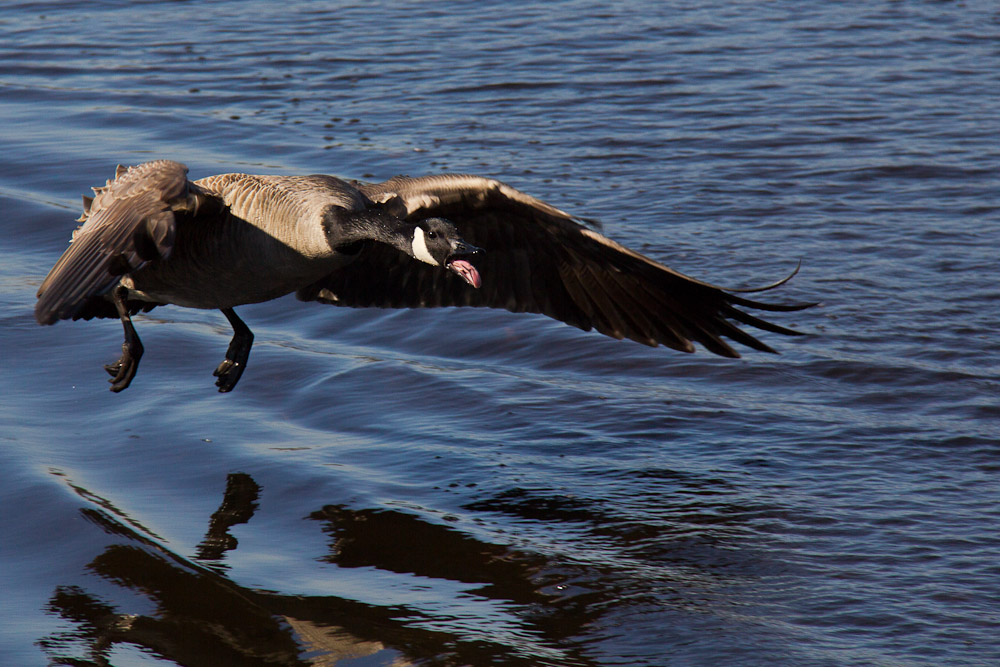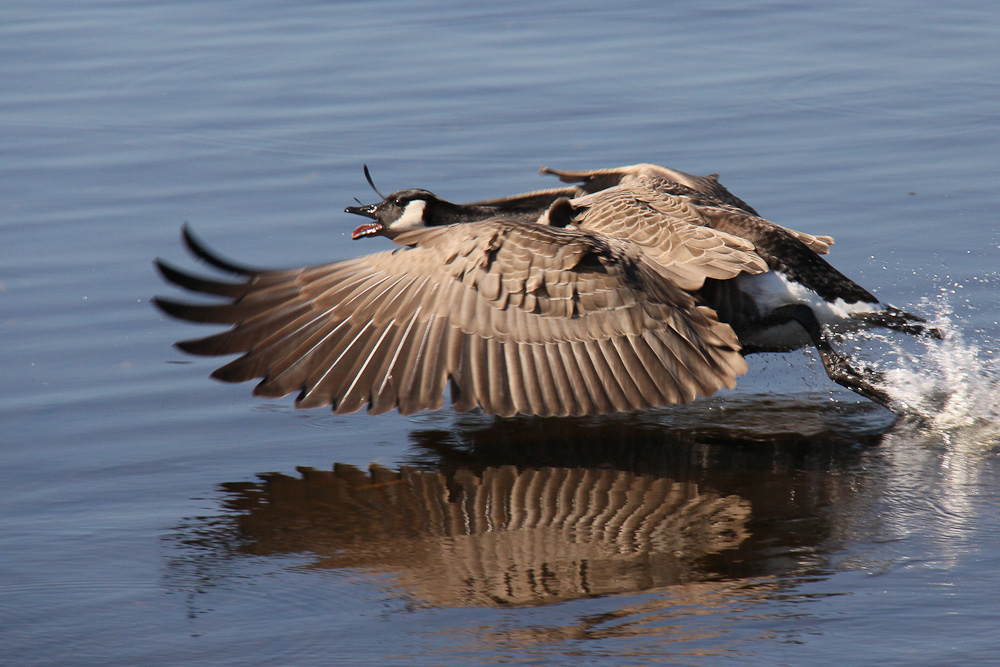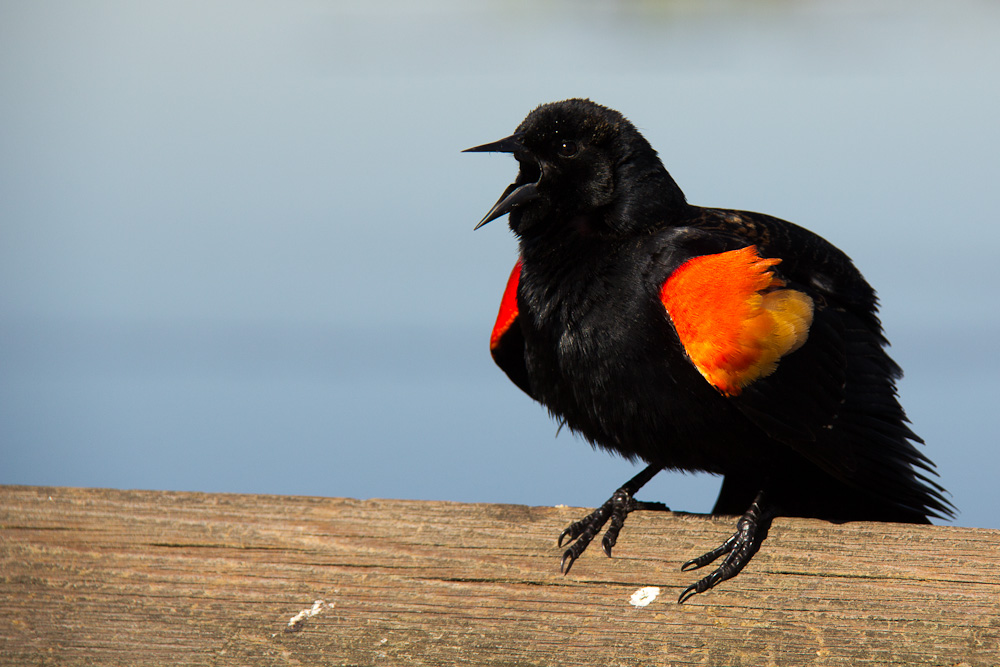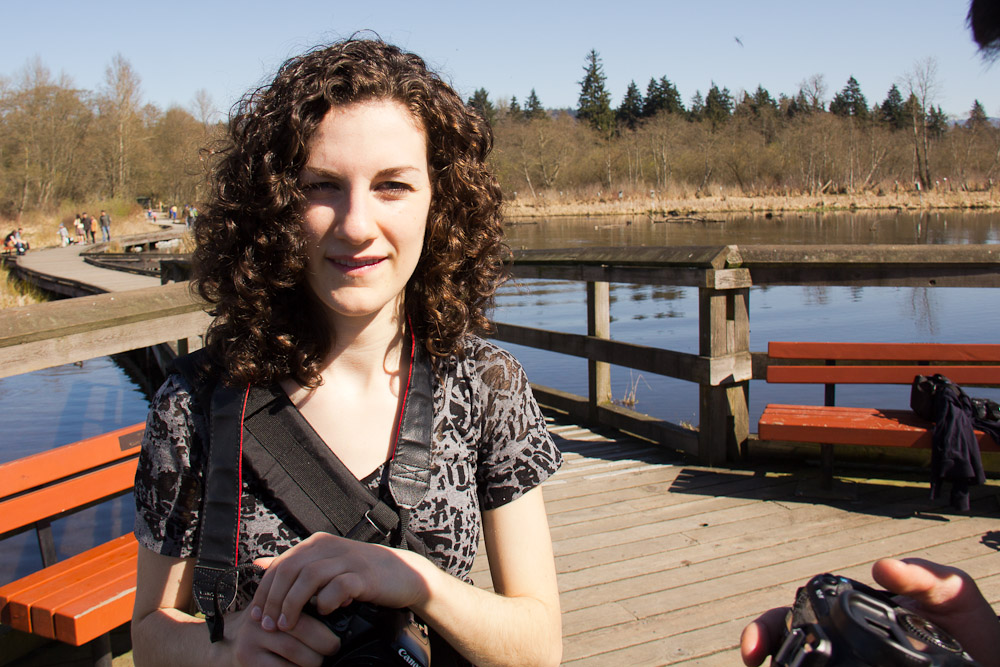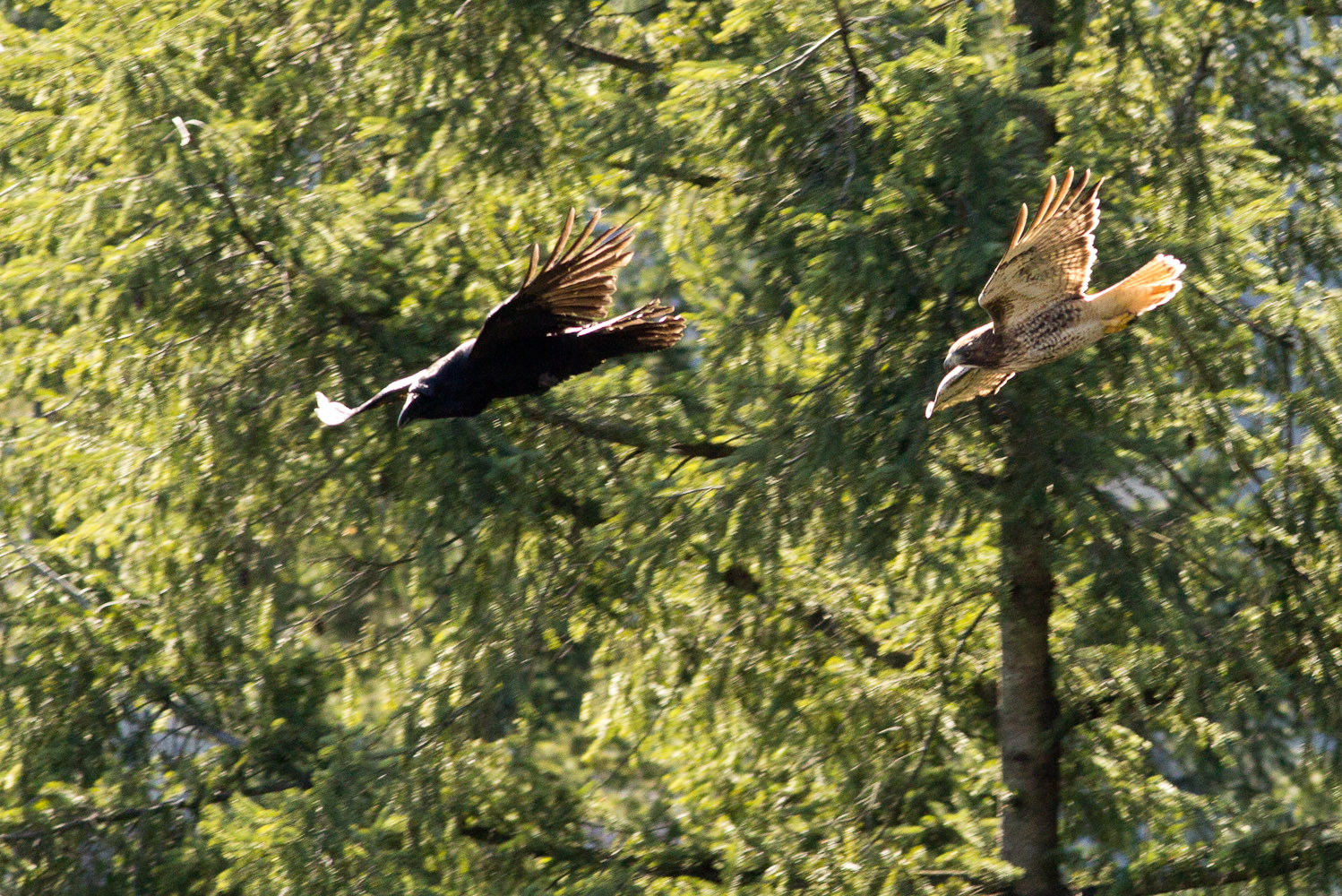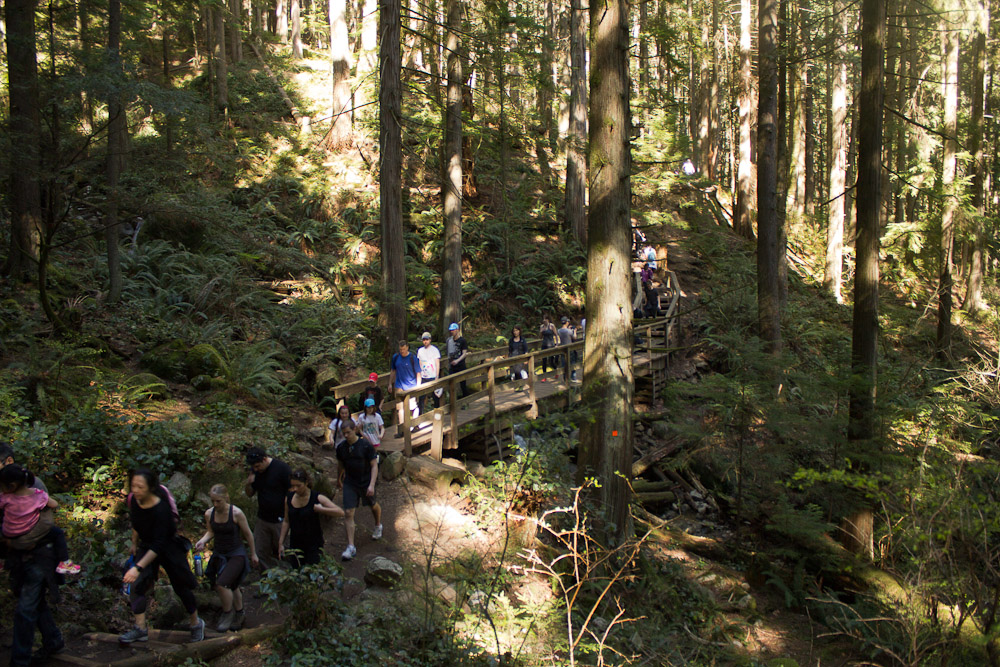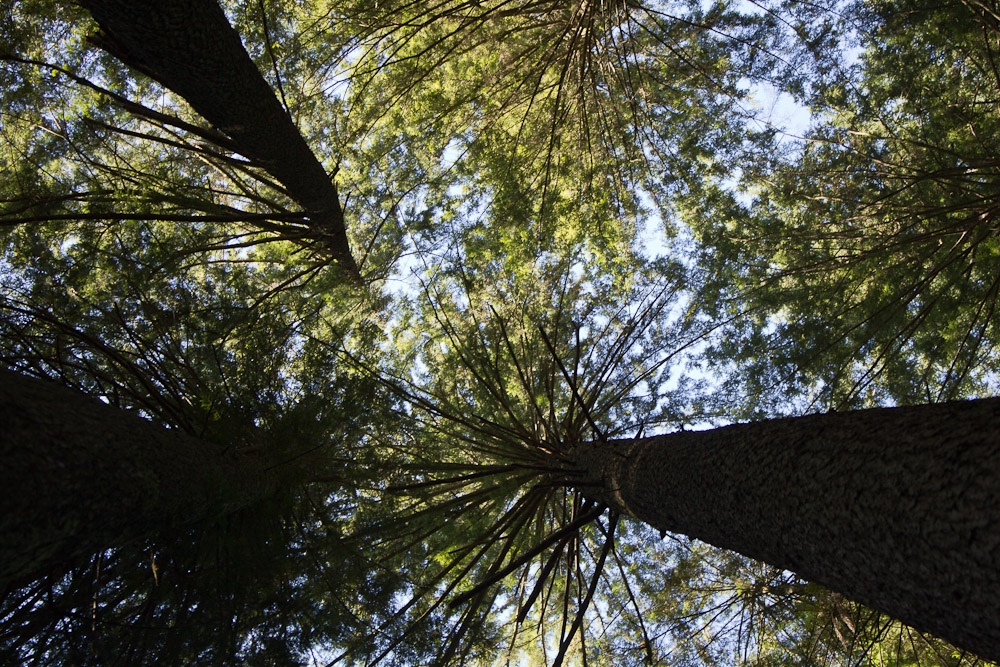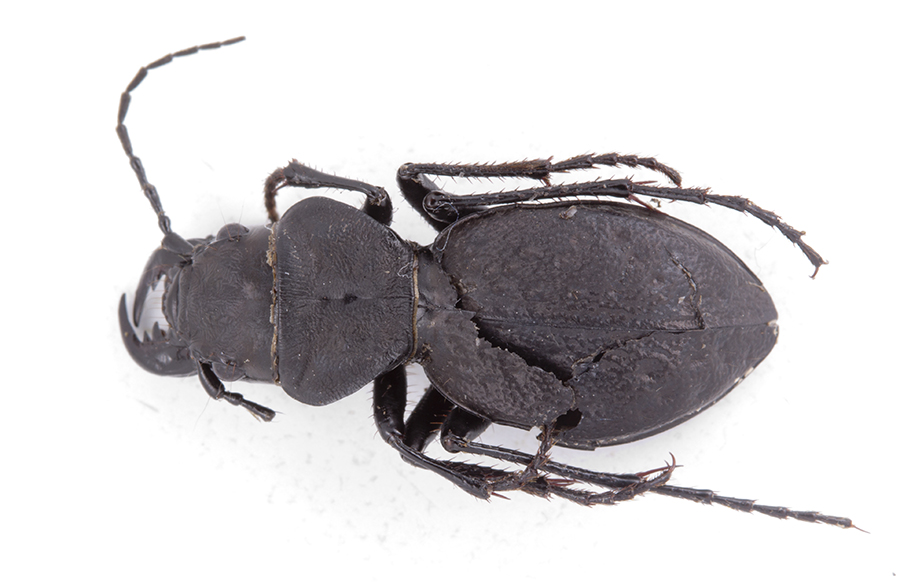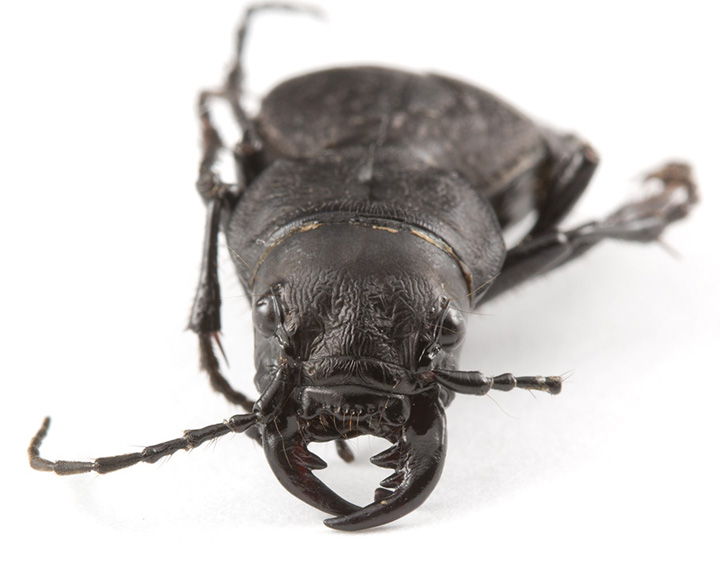This week’s Cheapskate Tuesday I introduce plans and preliminary work on prototypes of a fun new tool that I hope will enable photographers to achieve better and more consistent shots of the macro shooter’s best friend: Cute jumping spiders gazing into the camera lens!
One of the challenges of jumper photography is to get opportunities of getting those head-on, deep-staring shots that make folks swoon for the sheer cuteness. Although jumping spiders will sometimes fixate on the lens, often they think there is something better to look at just out of frame. Stupid jumpers!

Always looking away!
The rationale for the Salticid Startler is that possibly, when faced with an accurately painted model of a jumper with nice shiny chelicerae and bright shiny eyes, a jumper will have no choice but to stare into the lens.
The scientific rationale is that Salticids (jumping spiders) are highly visually oriented creatures, that can recognize other spiders and respond to visual cues for courtship and combat. With this in mind, I am hoping that my model, affixed in front of and below the lens will hold their attention and allow for better and longer photo opportunities.

“Look right into the camera baby… Dammit!”
To make my prototypes, I am using Sculpey, a type of polymer clay that can be baked into nice plasticky hardness. For five rather over sized models I have used about 1/4 a block (about $1.25 worth).

I will not bore you with details of construction, because that will not help anyway…This stuff is tough to work with if you have large hands! Practice with it and hopefully you can achieve better details than I have!

I will make nice beady, shiny eyes of painted epoxy, and use acrylic paints for the body. I am thinking a nice green metallic nail polish will make a nice finish for the chelicerae of a model for Phidippus johnsoni. You can substitute other colours for whatever species you are targeting.

Prototypes after baking
You will note that the prototypes are way too big…This may be a problem, but alternatively, it may act as a supernormal stimulus, which will increase their effectiveness. I plan on having someone with more nimble fingers make some more life sized ones…

shiny eyes and chelicerae: the key!
These are my thoughts for the Salticid Startler… I don’t have the talent or patience of Thomas Shahan (a god in jumper photography), so I am thinking these might be a lifesaver on my rare jumping spider outings…If any experts would like to offer suggestions, or just shoot the idea down outright, I am all ears eyes!

